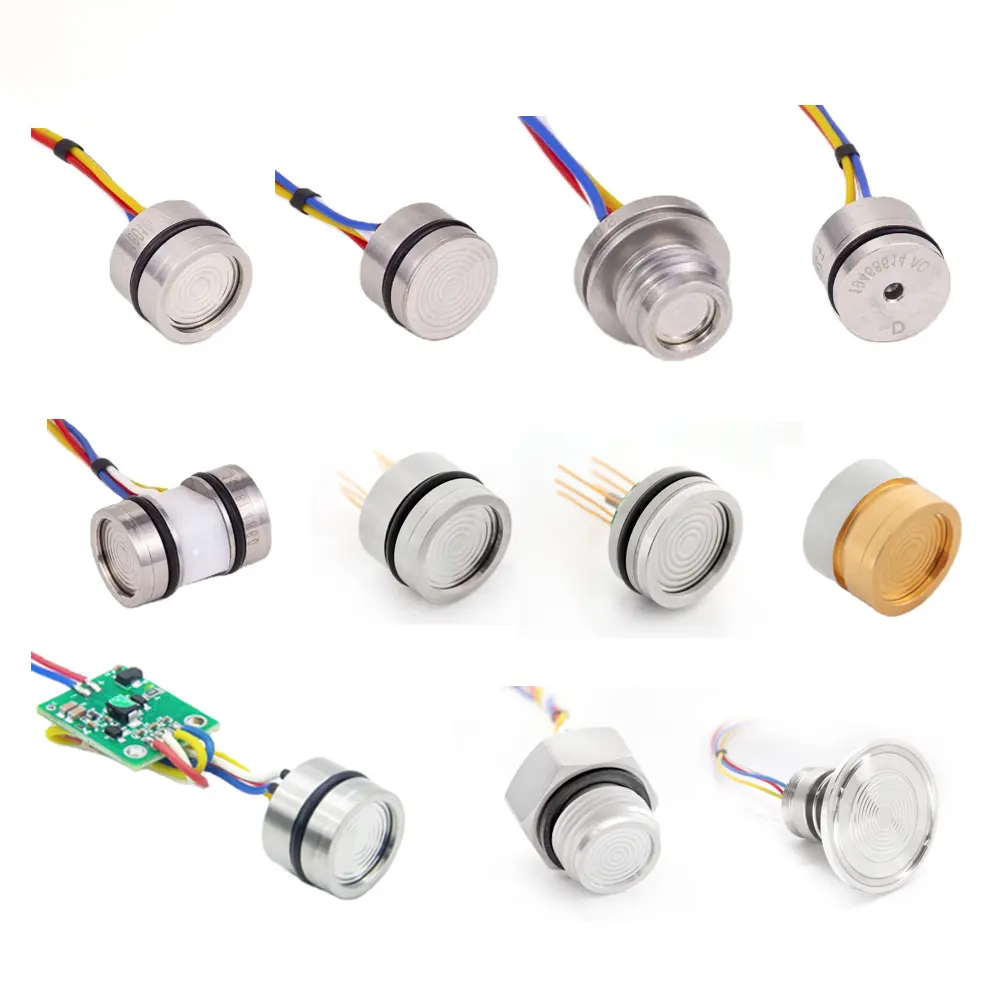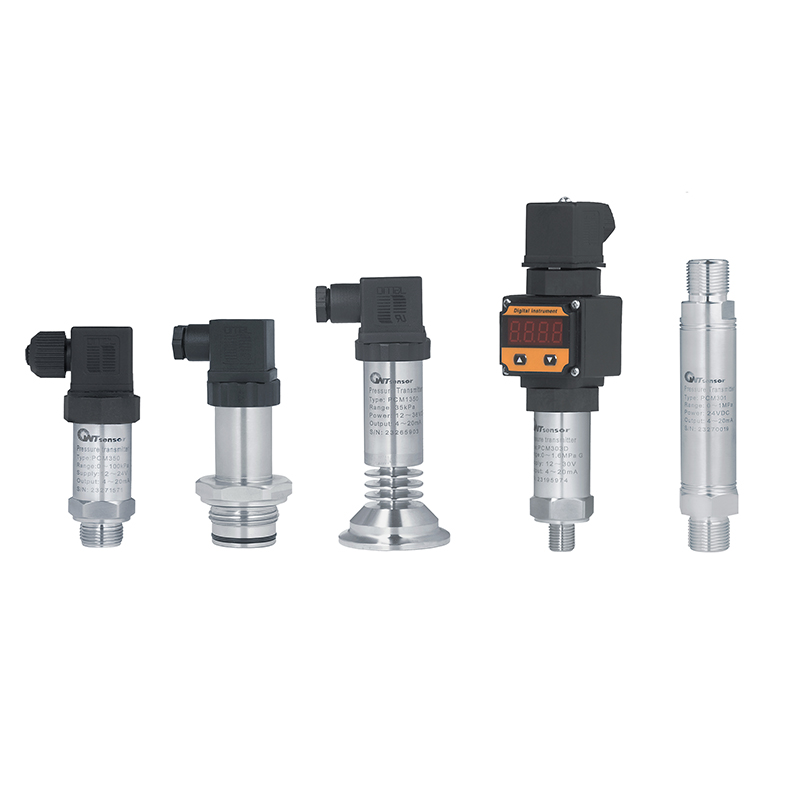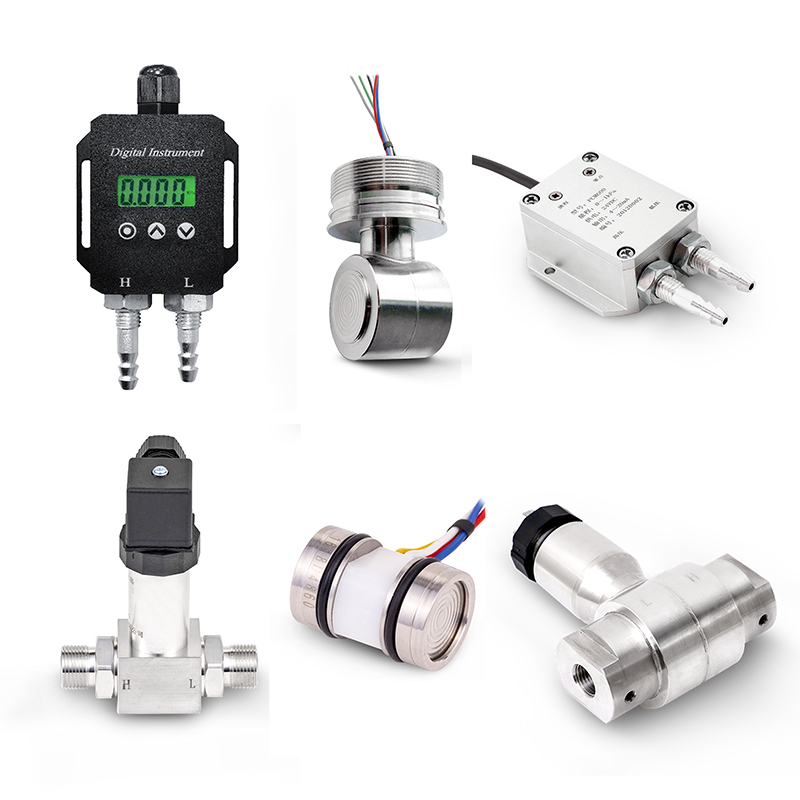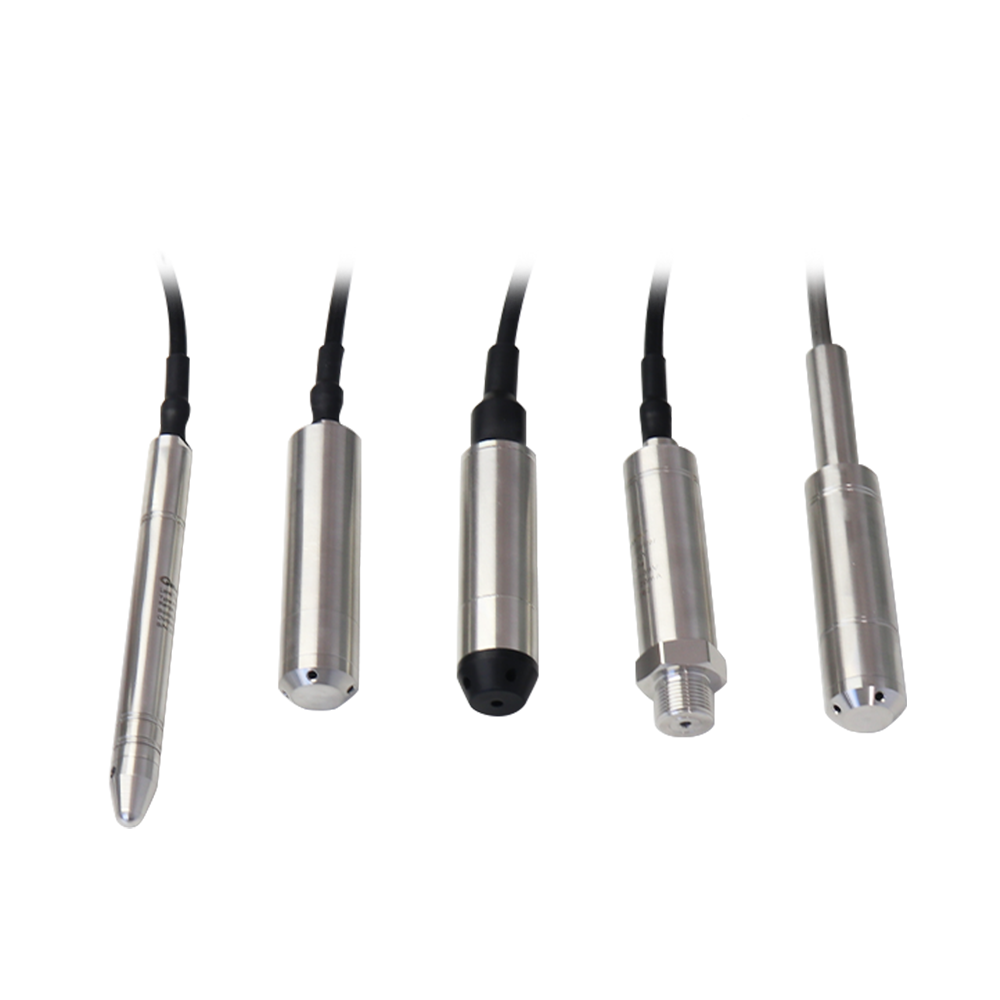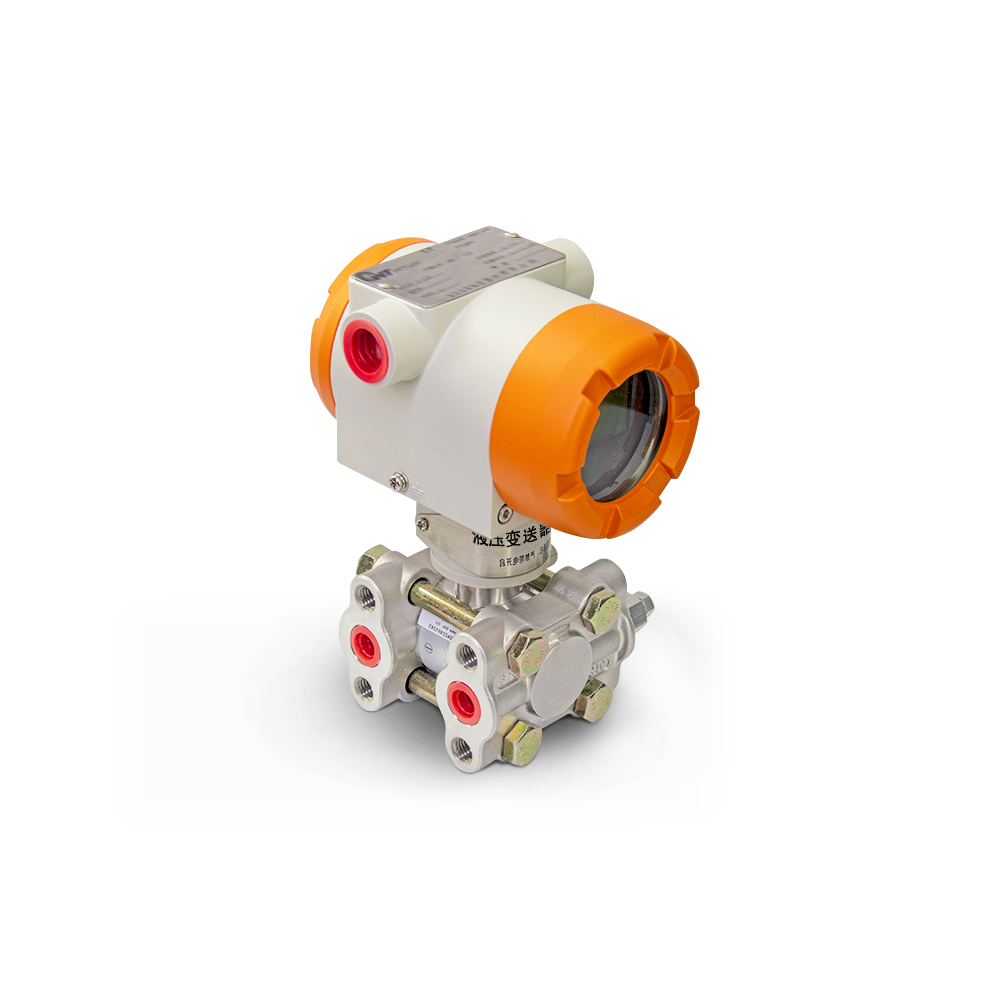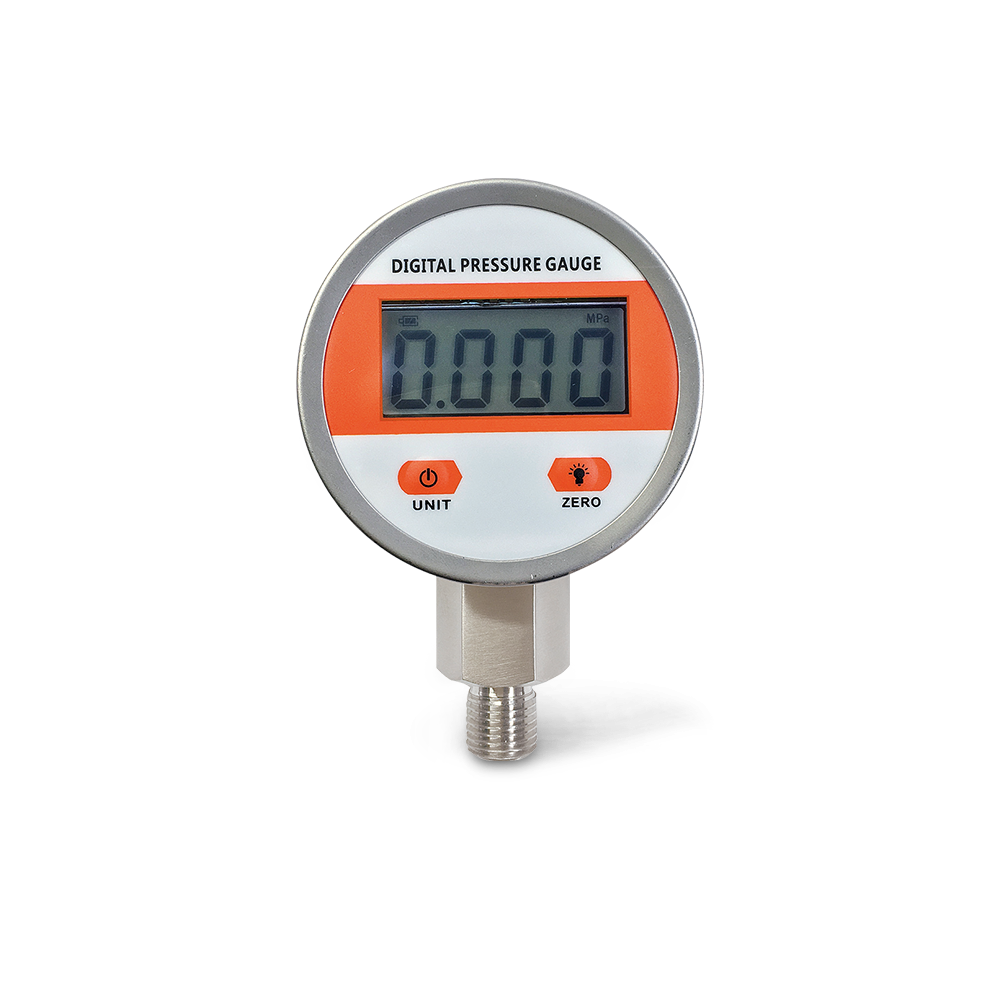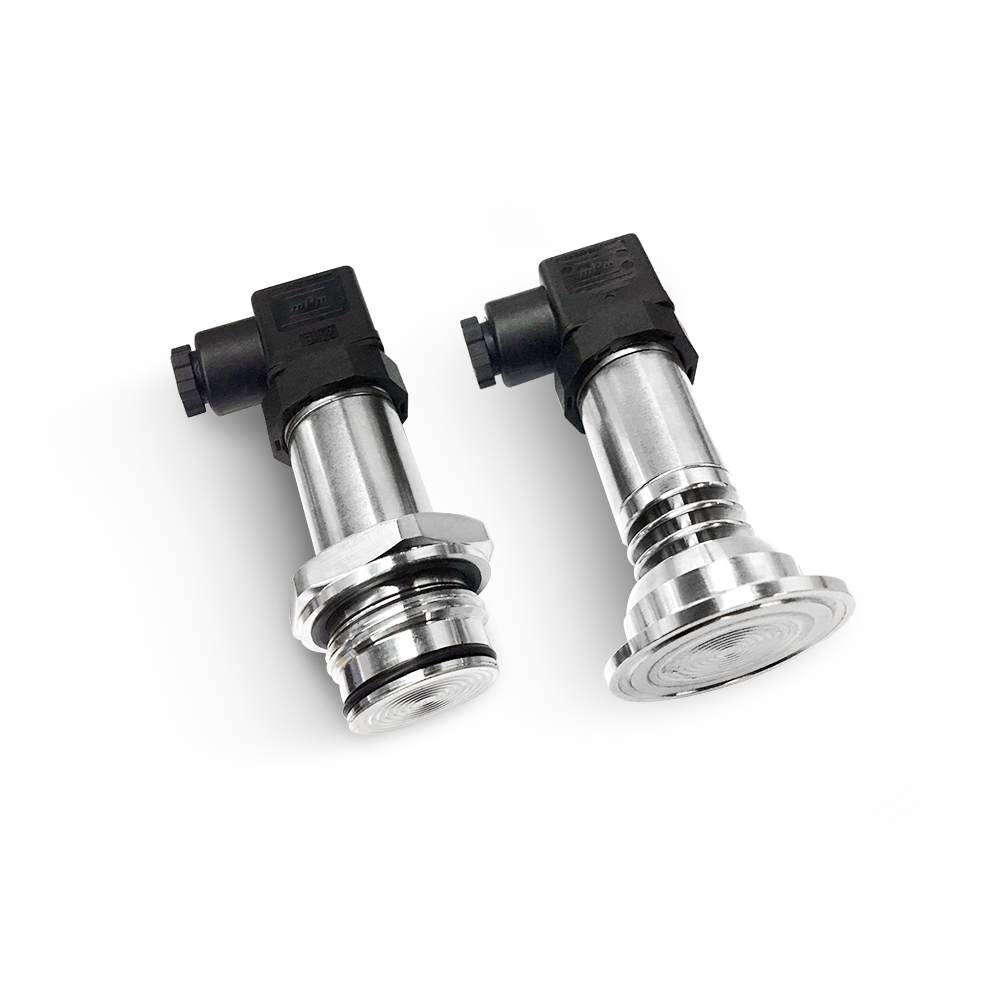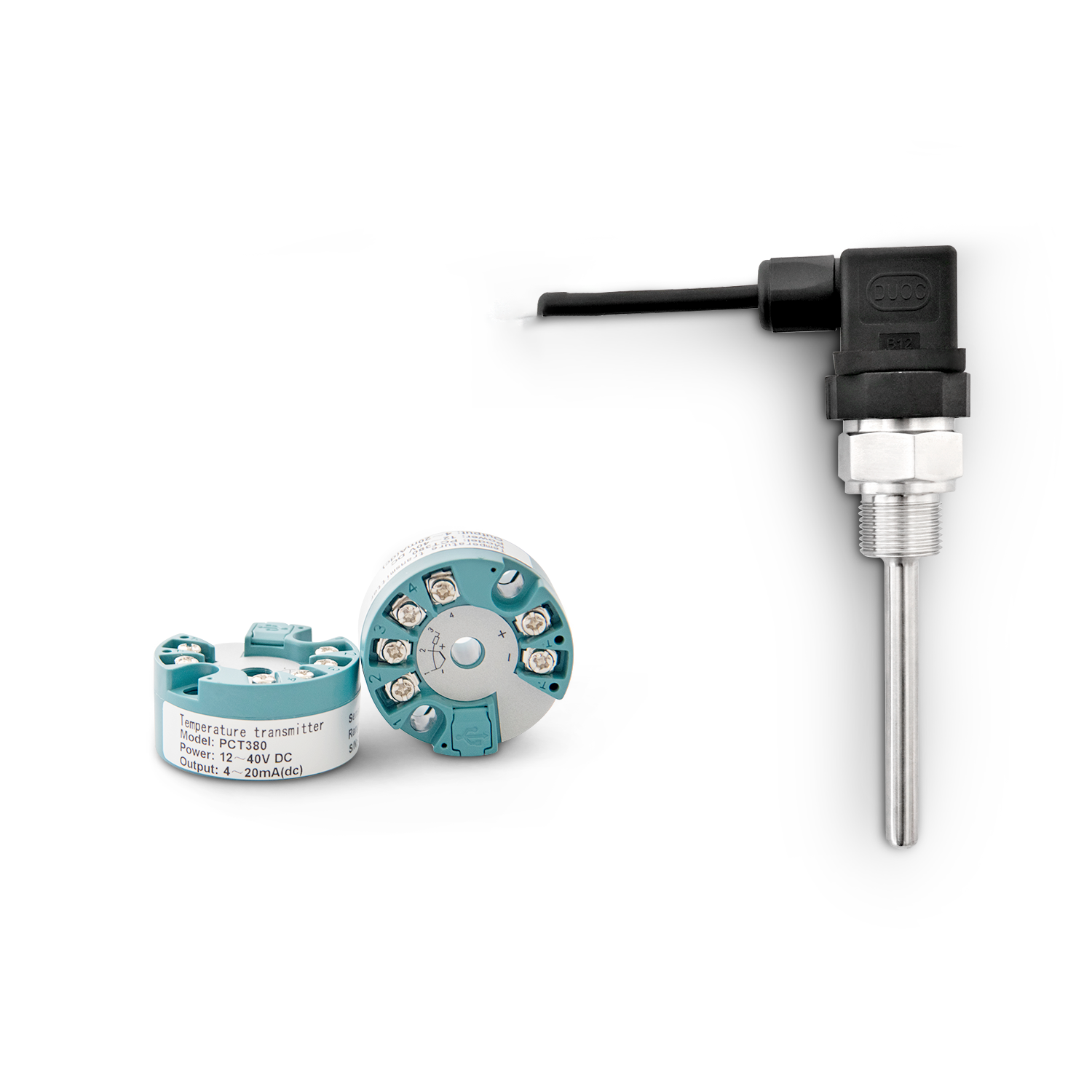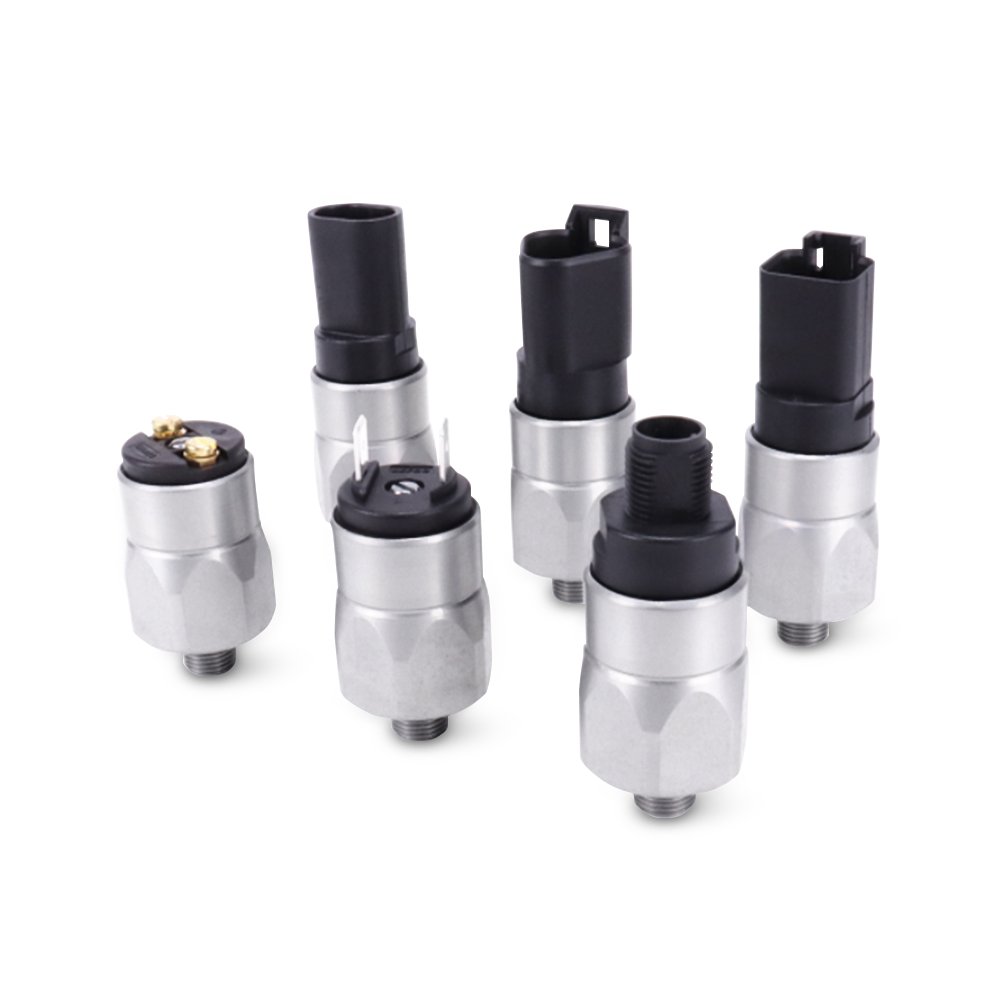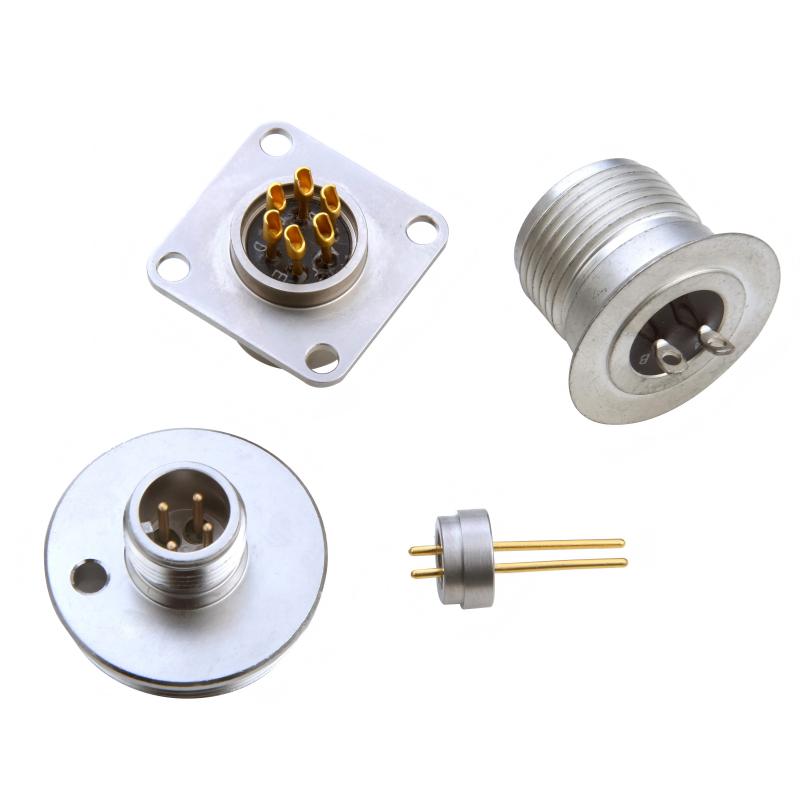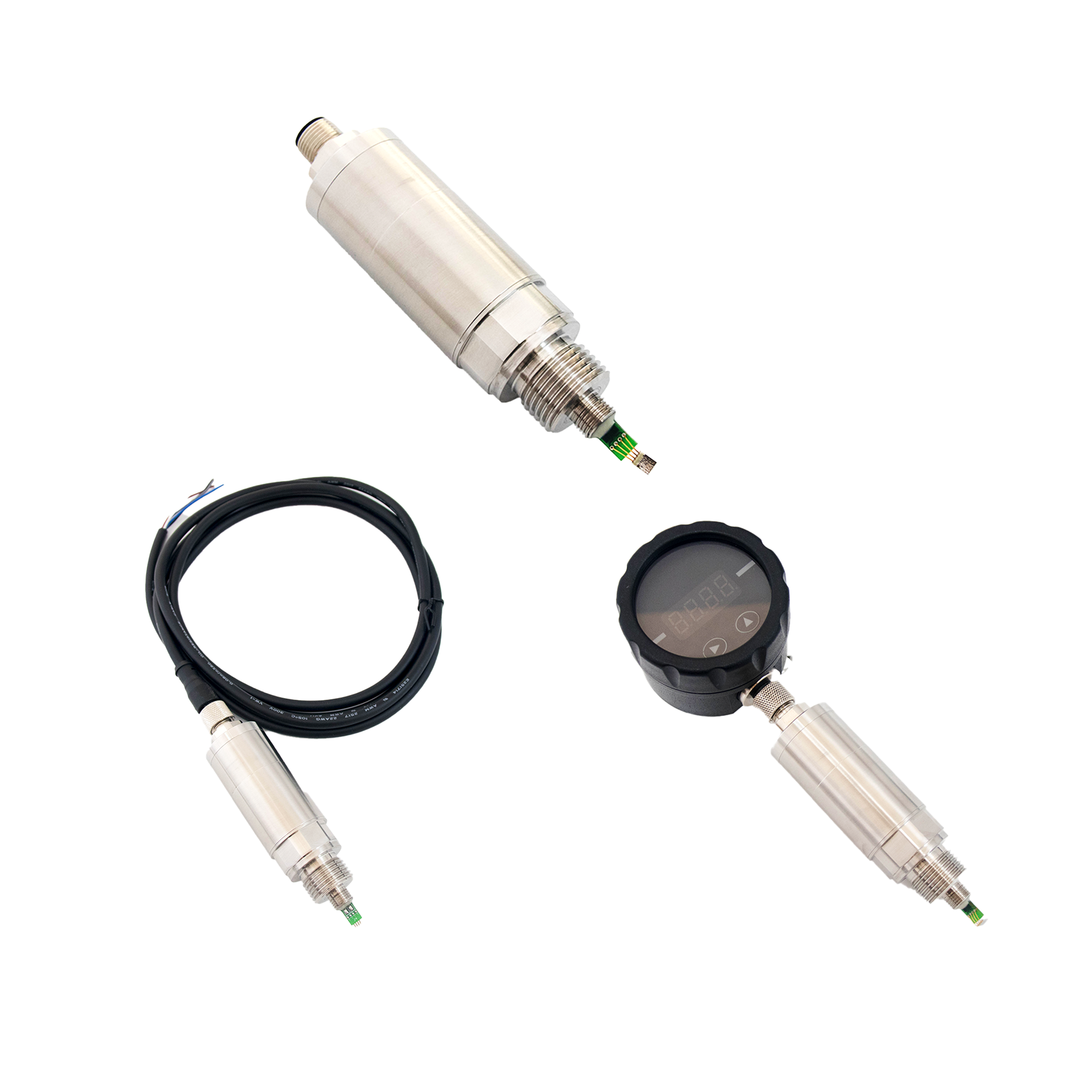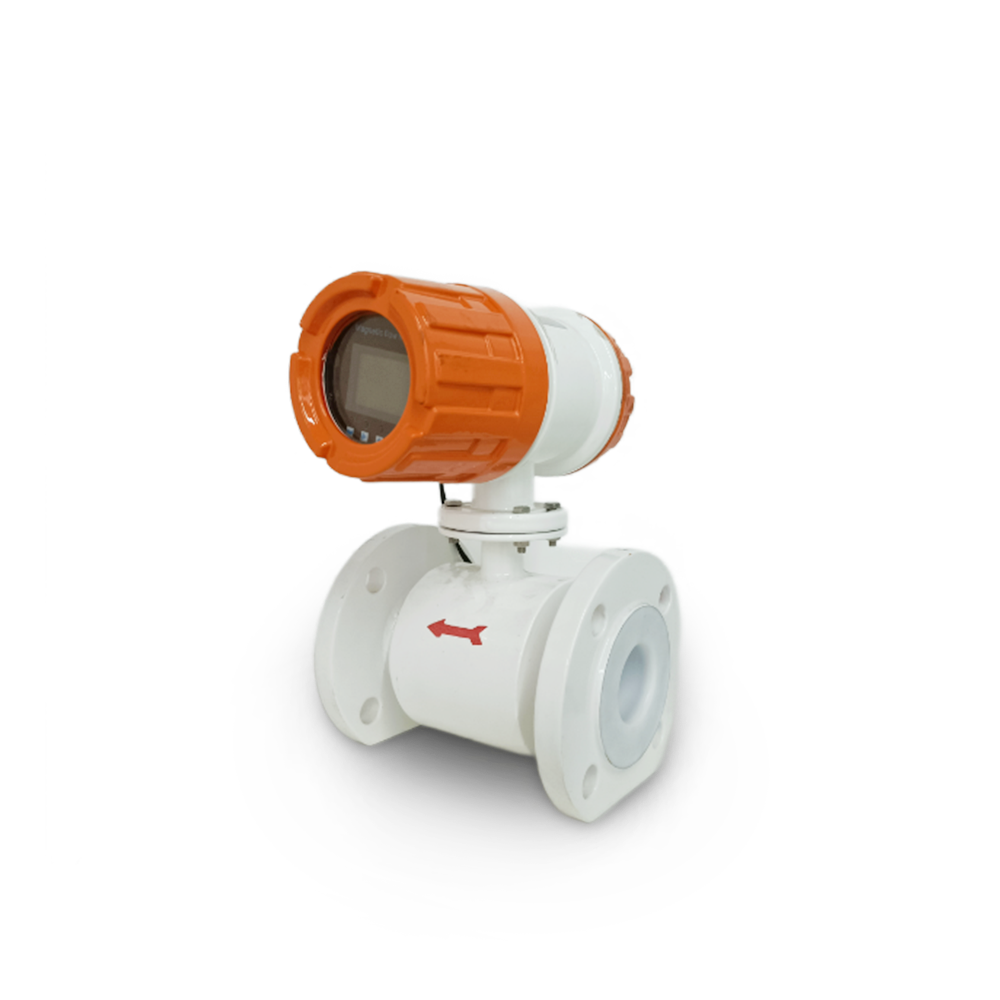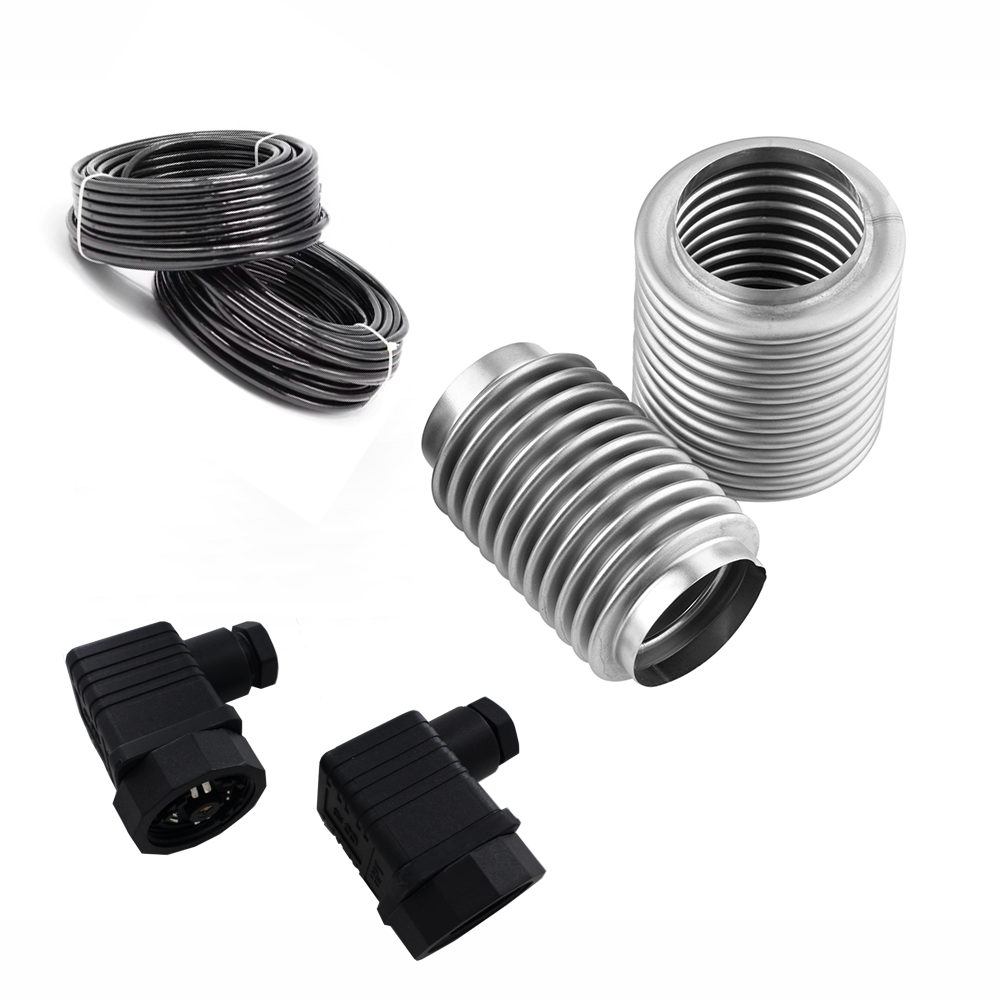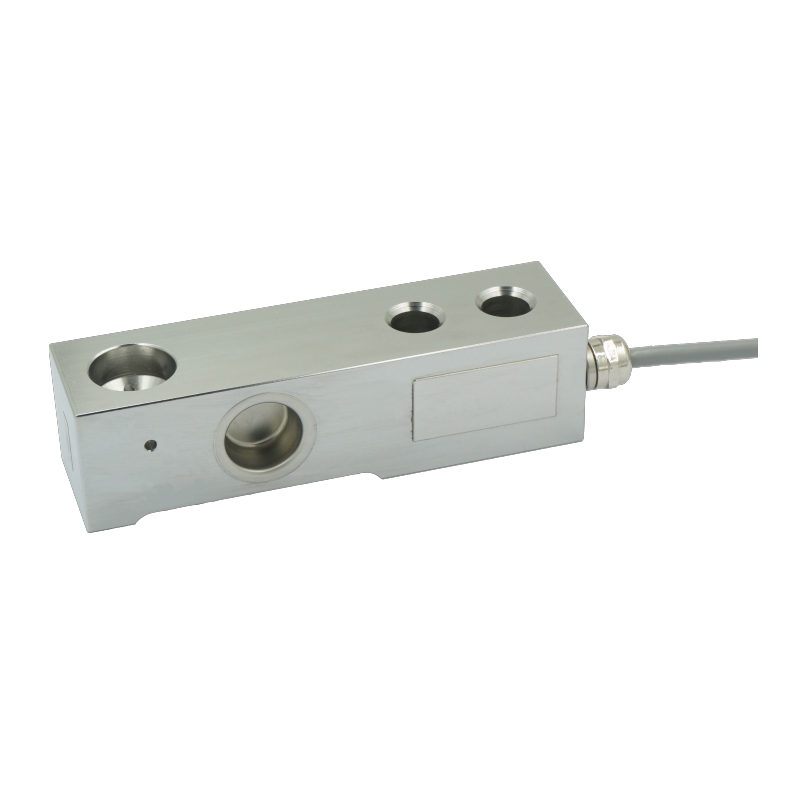[Wotian share] Integrated temperature transmitter
From: Issued date 2020.02.10 Back
Overview of integrated temperature transmitter
The integrated temperature transmitter is a whole composed of measuring element thermal resistance or thermocouple and transmitter circuit, and the temperature is replaced by DC signal output.
In the late 1970s and early 1980s, foreign manufacturers introduced integrated two-wire temperature transmitters, which led to new varieties of temperature changes. This type of temperature change is highly integrated and miniaturized and can be installed in the junction box of traditional thermocouples and thermal resistors to form a sensor-transmission or sensor-transmission-finger (display) integrated temperature measuring instrument . Therefore, this kind of temperature change is called integrated temperature change. This type of temperature change, small size, high technical indicators, good reliability, easy to use and install, is the mainstream and direction of current temperature change development.
The integrated temperature transmitter has two-wire system, three-wire system and four-wire system depending on the wire system. The so-called wire system refers to the total number of power supply lines and output lines with temperature change.
Generally, it is a 4 ~ 20mA signal system and a two-wire system.
Advantages and characteristics of integrated temperature transmitter
1. The integrated temperature change has a small size, light weight, and can be directly placed in the position of the ceramic wiring board in the current thermocouple (resistance) junction box. The conventional thermocouple (resistance) can be used by the thermocouple (resistance) machine factory. With its composition detection-transmission integrated temperature measuring instrument supplied, one can also be installed as a function module in temperature control equipment, and the user does not need to consider the installation location and wiring of temperature change.
2. The temperature change adopts epoxy resin casting to form a modular fully sealed component, so it has the characteristics of shock resistance, moisture resistance, corrosion resistance and so on. It can be used in harsh environments such as strong acid and alkali in industry or scientific research.
3. Before the temperature change leaves the factory, it is strictly inspected and adjusted before being packaged. There is no need to adjust it during field use, which means that the temperature change has high reliability and can run for a long time. Without maintenance.
4. The temperature-changing transmission signal is a standard unified signal, which is 4 ~ 20mA or 0 ~ 10mA signal system, so it can transmit over long distances and has strong anti-interference ability.
Performance index requirements of integrated temperature change series products
1. Degree of linearization and accuracy: The so-called degree of linearization refers to the degree of linear relationship between the output signal of temperature change and the measured value-temperature. This is the first technical indicator of the advanced nature of temperature change.
2. Power supply voltage and load capacity: For DDZ-l instruments, the field and control room use 0 ~ 10mA as the contact signal, so multiple instruments accept the same signal.
Must be connected in series. In this way, the load capacity of the temperature change represents the ability of the number of subsequent instrument sets it can bear.
Nanjing Wotian Integrated Temperature Transmitter
![[Wotian share] Integrated temperature transmitter [Wotian share] Integrated temperature transmitter](https://www.wtsensor.com/data/upload/ueditor/20200210/5e40a6292ec97.jpg)
PCT202B integrated temperature transmitter
PCT202B integrated temperature transmitter uses the resistance of platinum resistance to change with temperature, and has a certain function to measure the temperature of the measured medium. The product is composed of a temperature sensor, a compensation circuit and a conversion circuit. It has the advantages of stable performance, high sensitivity and strong reliability.
The product adopts a fully welded structure and a high-strength shell. It is widely used in petroleum machinery, chemical machinery, pumps and compressors, electric power, boilers, natural gas and other automated temperature measurement and control systems.

